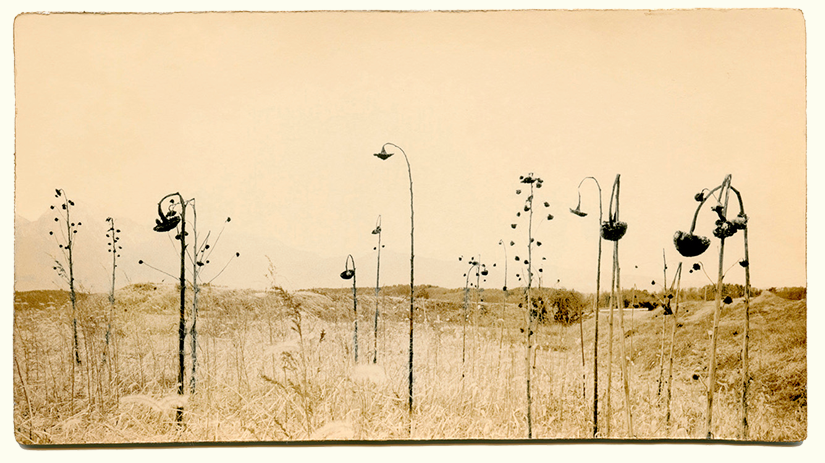Michael Wolf at Flowers Gallery
Michael Wolf’s series of photographs Tokyo Compression (2009–11), appears here as a condensed collection of faces pressed against the breath- and sweat-wet windows of Tokyo’s Metro trains. Recalling Hiro’s Shinjuku, Tokyo, Japan (1962) and Walker Evans’s New York Subway Portraits (1938–41) – in which his subjects’ expressions were immortalised in ‘naked repose’ – Wolf’s photographs of people crushed during their daily commute reflect a microcosm of contemporary urban life.

Lee Friedlander at Galerie Thomas Zander
Squeezing along a corridor on the ground floor, small faces peer out of frames: a series of documentary photos from the likes of Garry Winogrand, Walker Evans, Robert Frank and Helen Levitt, depicting the everyday (people on sidewalks, riding in open top cars, children hanging out by gumball machines as well as shop fronts or furniture) yet capturing the simple pleasures that can be found in banality. On the other side of this bustling wall, a selection from Lee Friedlander’s Chain Link (1970–) series of photos of wire fences taken across the US offer a moment of calm. This obsessive repetition of cataloguing a single subject (a trope of 1960s and 1970s American documentary photography epitomised in the 1967 exhibition New Documents, and New Topographics, 1975) is a more than four decade-long project which is about to be published as a book.

Miho Kajioka at Ibasho
Miho Kajioka’s photographs cluster together, yet unlike a lot of other works which are displayed in the same fashion, here a peaceful world of spindly seed stalks, bamboo forests and wispy clouds, punctuated by a few tiny people (also presented here as an artist book, accompanied by poetic captions) present to the viewer a daydream made material.

Kou Inose at Akio Nagasawa
Quiet reverie turns nightmarish when looking at the eerie collection of black-and-white photographs taken in the 1980s by Kou Inose at Akio Nagasawa. While at university, Inose was asked by a patient in a psychiatric hospital to take his portrait, inspiring him to create a photographic series based on Yumeno Kyūsaku’s gothic novel Dogra Magra (1935), in which the protagonist finds he has been the subject of a psychological experiment. With the same title, Inose’s photos of creatures, dilapidated environments and graphic anatomy lessons aren’t immediately disconcerting – the contrast between light levels in each individual image is hypnotic – but gradually instil a creeping and arresting horror.
Meghann Riepenhoff, Littoral Drift Nearshore #472 (Bainbridge Island, WA 10.18.16, Two Waves, Poured, Dawn to Dusk), 2016. Courtesy the artist
Meghann Riepenhoff at Euqinom Projects
A pleasant escape from the hectic atmosphere comes in the form of American artist Meghann Riepenhoff’s most recent series on display: inspired by the fleeting and ephemeral qualities of natural elements, Ecotone and Littoral Drift were created using wind, rain, waves and sediment. The cyanotypes of Littoral Drift, made without the use of a camera and instead relying on a photochemical reaction caused by water and sunlight, refer to the movement of sediment by the breaking of waves across a shoreline, resulting in abstract works that reflect the seascapes in which they were made.
18 May 2017

